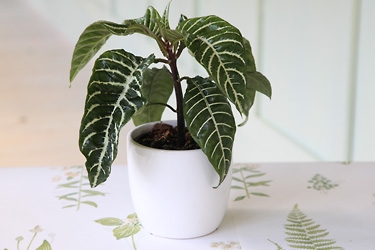zebra plant care nz
Non-toxic Nursery pot size 12cm Your p. Gently mist leaves once a week with distilled water.
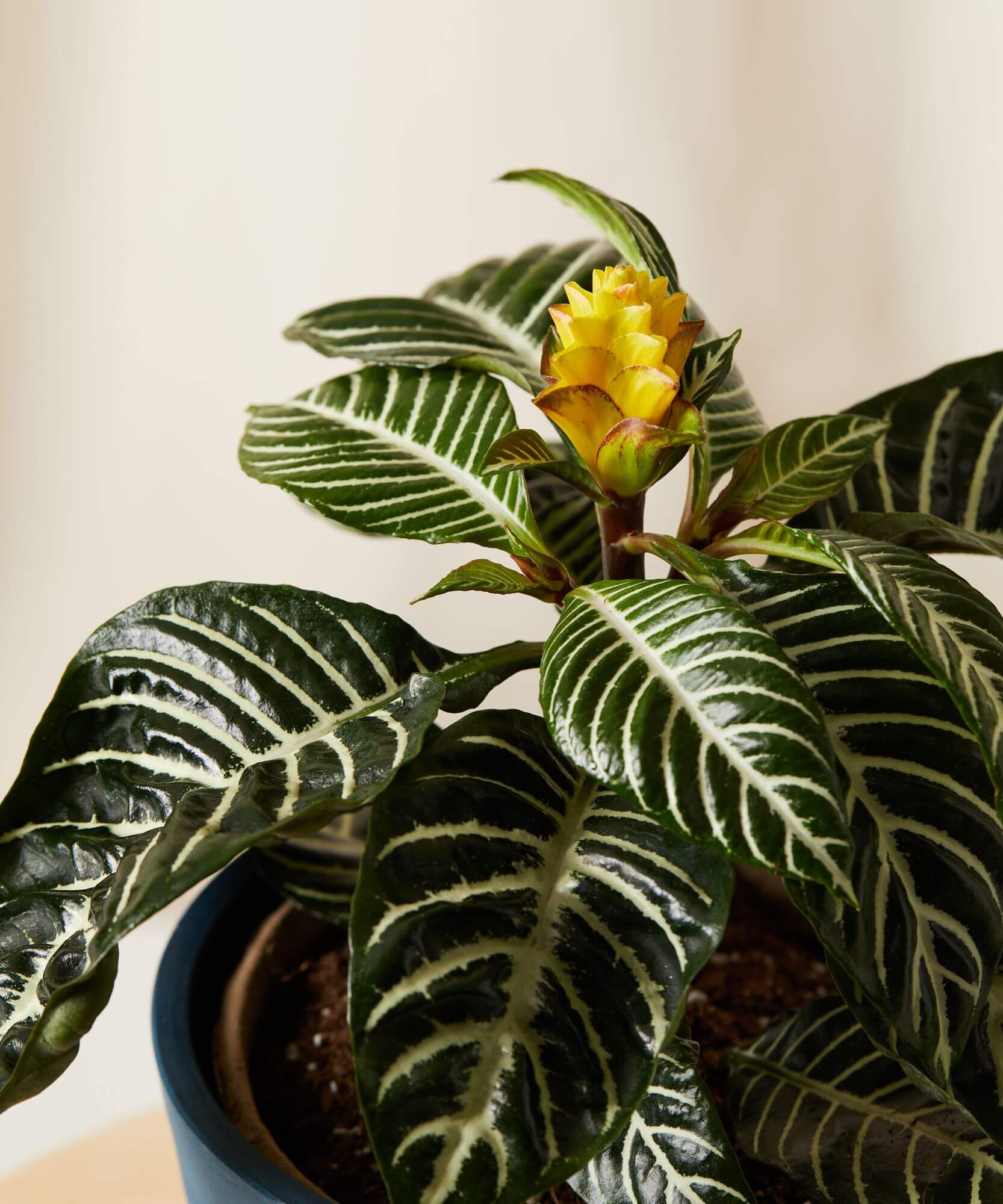
Zebra Plant 101 How To Care For Zebra Plants Bloomscape
You are right - the yellow stripes are not very well fixed and they tend to revert to the green form if the plant is overfed.

. The flowers are purple and very dainty. Another strategy to increase drainage is to add. In this way your original plant can last for decades.
Zebra plants thrive in a well draining rich potting soil and with a good amount of peat moss. New Zealand sedge is a striking color statement alongside other ornamental grasses. Creamy white veins contrast the waxy dark green foliage.
I am a slow grower tolerant of a wide range of temperatures and happy in any indirectly lit position even very low light. In practice a good strategy is to mix 50-60 peat with equal parts potting soil and perlite or coarse sand. The Aphelandra squarrosa or Zebra plant is a delightful ornamental plant has vividly-striped green foliage that is reminiscent of zebra stripes hence the name.
Common name Zebra Plant Scientific name Aphelandra Snowflake Origin Brazil Growth height Approx 50cm Water Water when top soil begins to dry Light Bright - medium indirect light Toxic when eaten. If youre up for the challenge of nurturing this tough plant begin by choosing a spot for it that boasts a slightly higher humidity level 60 to 70 percent and a temperature above 60 degrees Fahrenheit. Keep the plant in bright filtered light.
While both of these other plant species share a striped appearance with Calathea. To keep your Calathea zebrina healthy grow in fertile well-drained soil and keep the soil lightly moist. An Introduction to Calathea zebrina.
Keep them away from heating vents to prevent overheating and drying. Perfect for low light situations around the home - floating shelves consoles bookshelves and more. This species is fairly undemanding and suitable for growing indoors if enough light and humidity is provided and the correct temperature conditions given.
Fertilize monthly through the growing season situate in bright filtered light where temperatures range between 65F to 75F and create humidity of. The Zebra plant is best known for its striking zebra-like striped large oblong leaves. With enough light your plant will even flower.
The Zebra Rush is actually a horizontally variegated form of Lake Club rush or Shoenoplectus validus. The leaves which can grow to 2 feet 61 cm in length arise from a central rosette rising straight up until a new leaf emerges. During the growing season water the Zebra Plants thoroughly and then water when the soil becomes dry to the touch.
Because this sedge is fairly easy to grow it can be a good filler in difficult spots like slopes and banks. Calathea zebrina or the zebra plant is one of the most popular breeds of plant in the Calathea familyIt is often confused with Maranta leuconeura also known as the prayer plant and the similarly nicknamed Aphelandra squarrosa zebra plant. Temperatures from 60-75 ºF 15-23 ºC are ideal and no lower than 55 ºF 13 ºC.
Bright light without direct sunlight during summer time is preferred. First you need to let the offsets to the side on a new well-draining soil before watering. Aim for a balanced fertilizer blend diluted per the manufacturers instructions.
The Zebra plant scientific name - Calathea zebrina is a perennial foliage plant that displays fairly large ovate leaves at the tips of its long stalks growing up to 1 metre tall. Zebra plant often become leggy and leafless when kept in the home under less than optimal. Aspidistra Zebra Cast Iron Plant.
Dont fertilize in the winter months. Zebra plants grow best in soil which has high organic matter content but which drains well. Fertilize monthly in the spring summer and fall with an all purpose plant food.
New plants are easily grown from 4- to 6-inch 10-15 cm stem cuttings. Then water the soil with the same method as mentioned before. The older leaves then arc away to make room for new growth.
They do okay in 60 F temperatures at night but will suffer in 55 F or below. A gorgeous upright houseplant with deep dark green leaves and bright white veining. Its best to use a water-soluble quick-release plant food to feed your aphelandra squarrosa.
These succulents prefer temperatures between 65 to 80 F 8 to 26 C. A perfect addition to any interior. The plant needs bright filtered light.
Water often the plant likes to be evenly moist but not soggy. Ideal temperatures for zebra plants are between 68 and 75 degrees F. During the growing seasons in spring and summer aim for feeding every 1-2 weeks.
Zebra Plant or Zebra Cactus is definitely one of the best houseplants. Ideal in pots this Calathea is an easy to care for interesting and decorative house plant. Excellent ornamental plant - a perfect addition to any interior.
It is drought-tolerant salt-tolerant and also deer resistant. Calathea Zebrina Care Summary. Part of how to care for a zebra plant is propagation.
Other Care Information - To avoid problems with your Zebra plant never let the soil dry completely keep the plant out of cold drafts and do not place in hot sunny locations. With proper zebra plant care these plants can grow up to 3 feet 1 m tall and 3 feet 1 m wide. These succulents are great for sunny indoors and bright window sills.
Keep the temperature between 65 and 80 degrees F. Leaves will be damaged in direct sun. Follow these growing tips.
Tradescantia zebrina prefers a fairly evenly moist potting mix. Too much sunlight can cause the leaves to scorch. Winter is a tricky time for these plants.
Native to Brazil the zebra plant is a beautifulbut temperamentalplant. Its advisable to use luke warm soft water not hard water. Known as the Cast Iron Plant because of my hardiness I am a variety that develops a creamy yellow stripe when mature.
Display Zebra Plants anywhere they can receive plenty of sunlight or bright light. Zebra plant should be kept in average temperatures 60 - 80 degrees F. Try and avoid conditions below 55F 13C if at all possible.
Forming in clusters of thick and pointy dark green leaves Zebra Plant is known for the white stripes that cover the leaves horizontally. As the plant ages new rosettes form new leaves that. That is what gives this pretty succulent the resemblance of a zebra pattern and makes it a unique kind of a.
Although the foliage is the main attraction the flowers are still beautiful. Zebra Plant Care. CountryMouse13 Flickr CC BY 20 New Zealand Sedge Care.
Its important to keep the soil moist to the touch and not water logged or too dry. The Zebra plant care guide advises you to take the pubs also known as offsets from the mother plant and replant it only when ready. Remove the bottom leaves and stick the stem cuttings directly into potting medium or into a glass of water until new roots form.
When you see that the plant is not growing so well that. Allow soil to dry out before watering and reduce watering in cooler months.

Aphelandra Squarrosa White Wash Care Guide Zebra Plant
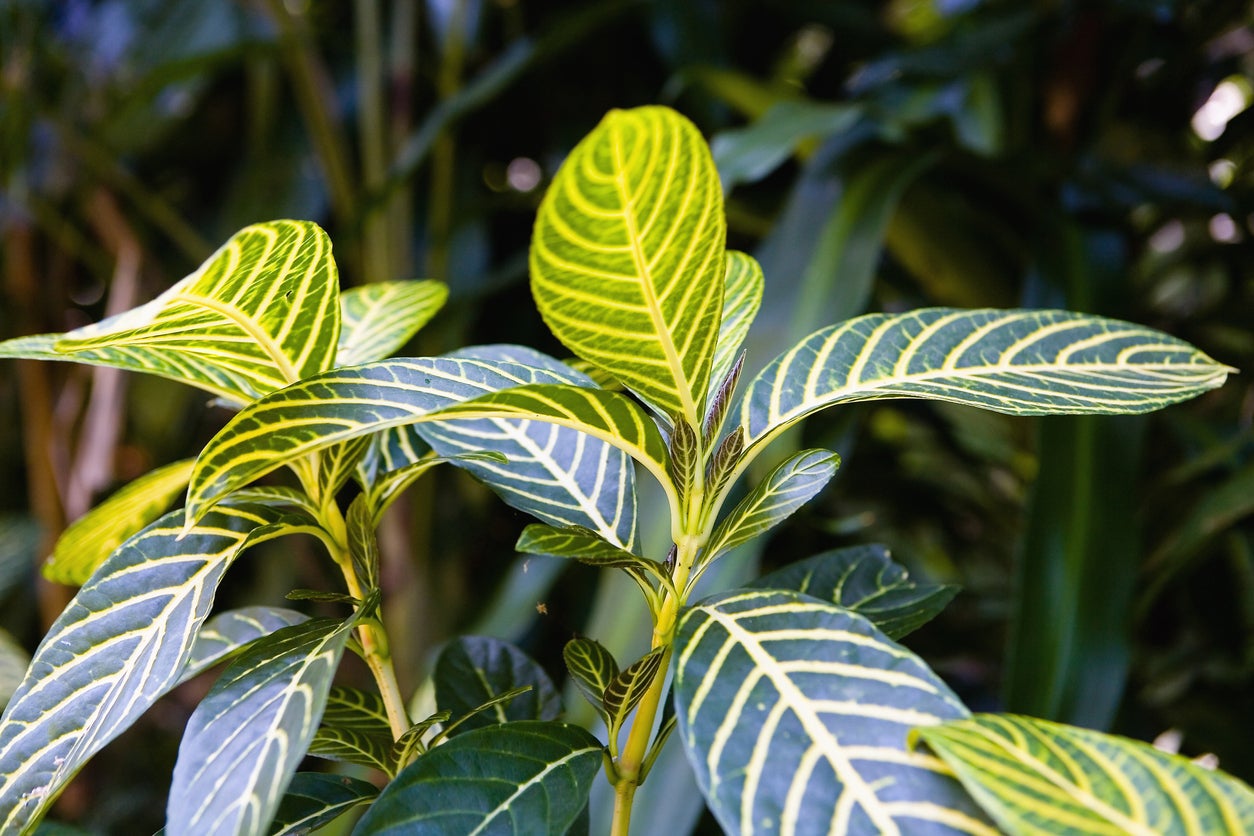
Aphelandra Zebra Plants Indoors How To Care For A Zebra Plant

Aphelandra Zebra Plant The Flower Crate

How To Grow Colourful Calathea Yates

Zebra Plant Aphelandra Squarrosa Growing And Care
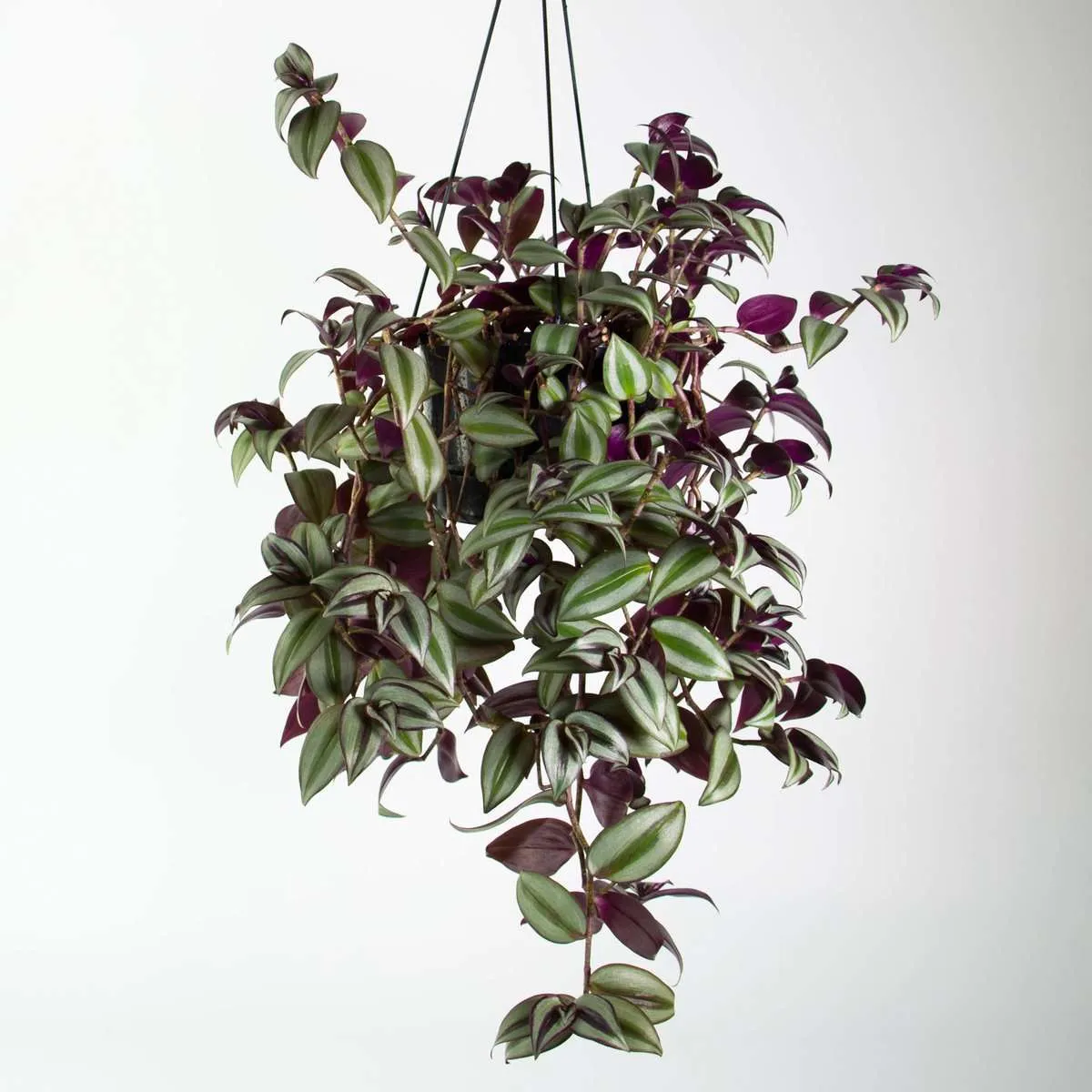
Tradescantia Zebrina House Plant Plantandpot Nz
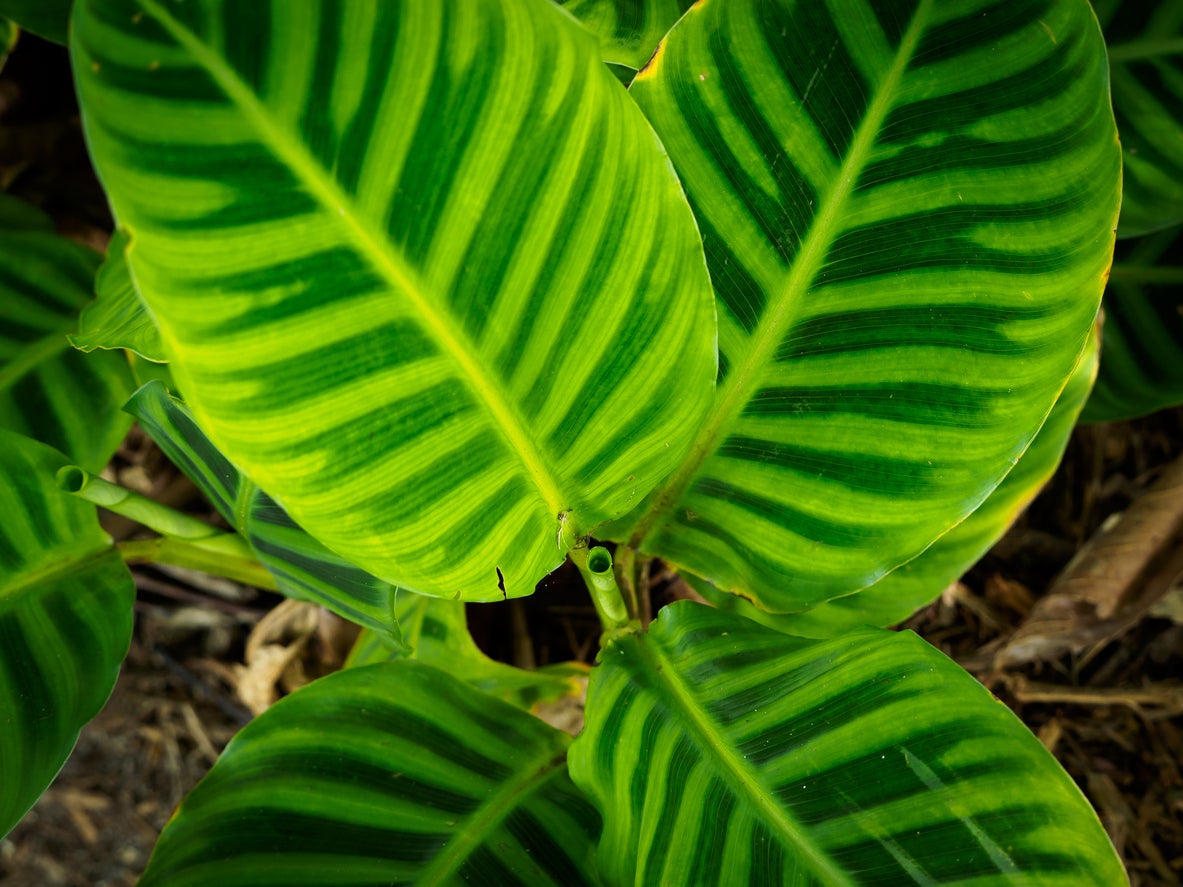
Calathea Zebra Plant Care Tips For Growing Zebra Indoors Plants
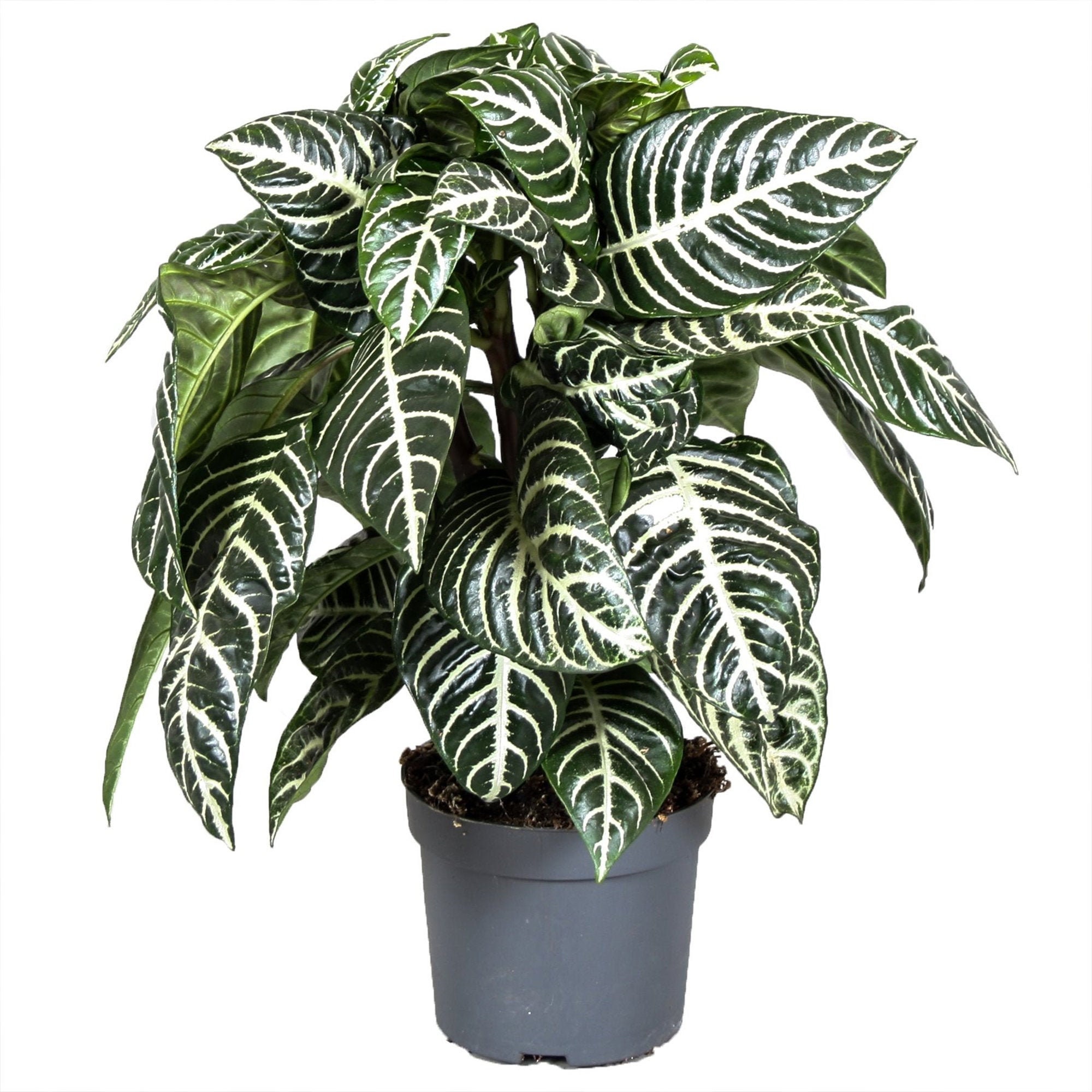
Aphelandra Squarrosa Green Zebra Plant For Home Or Office Etsy New Zealand
Aphelandra Zebra Plant The Flower Crate
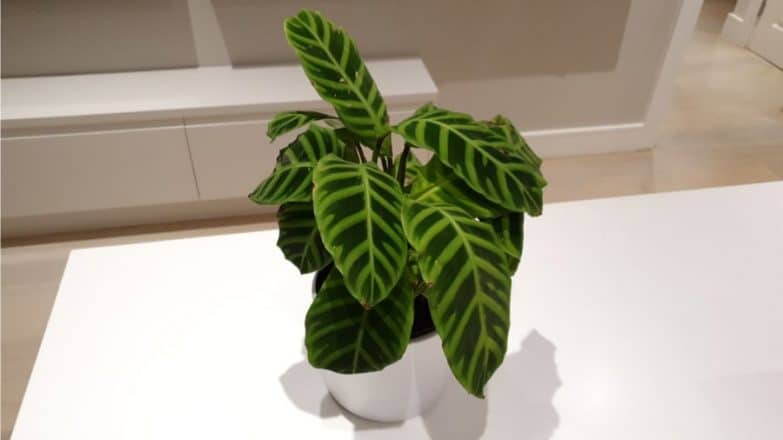
Calathea Zebrina Care How To Keep Your Zebra Plant Happy Smart Garden Guide

Evergreen Calathea Zebrina Indoor Zebra Plant 30 40cm With Pot Etsy New Zealand

Zebra Plant Aphelandra Ansel Ivy Potted Plants Delivered

Calathea Zebrina Care Guide Zebra Plant

Elegant Zebra Plant Calathea Zebrina For Home Or Office Etsy New Zealand
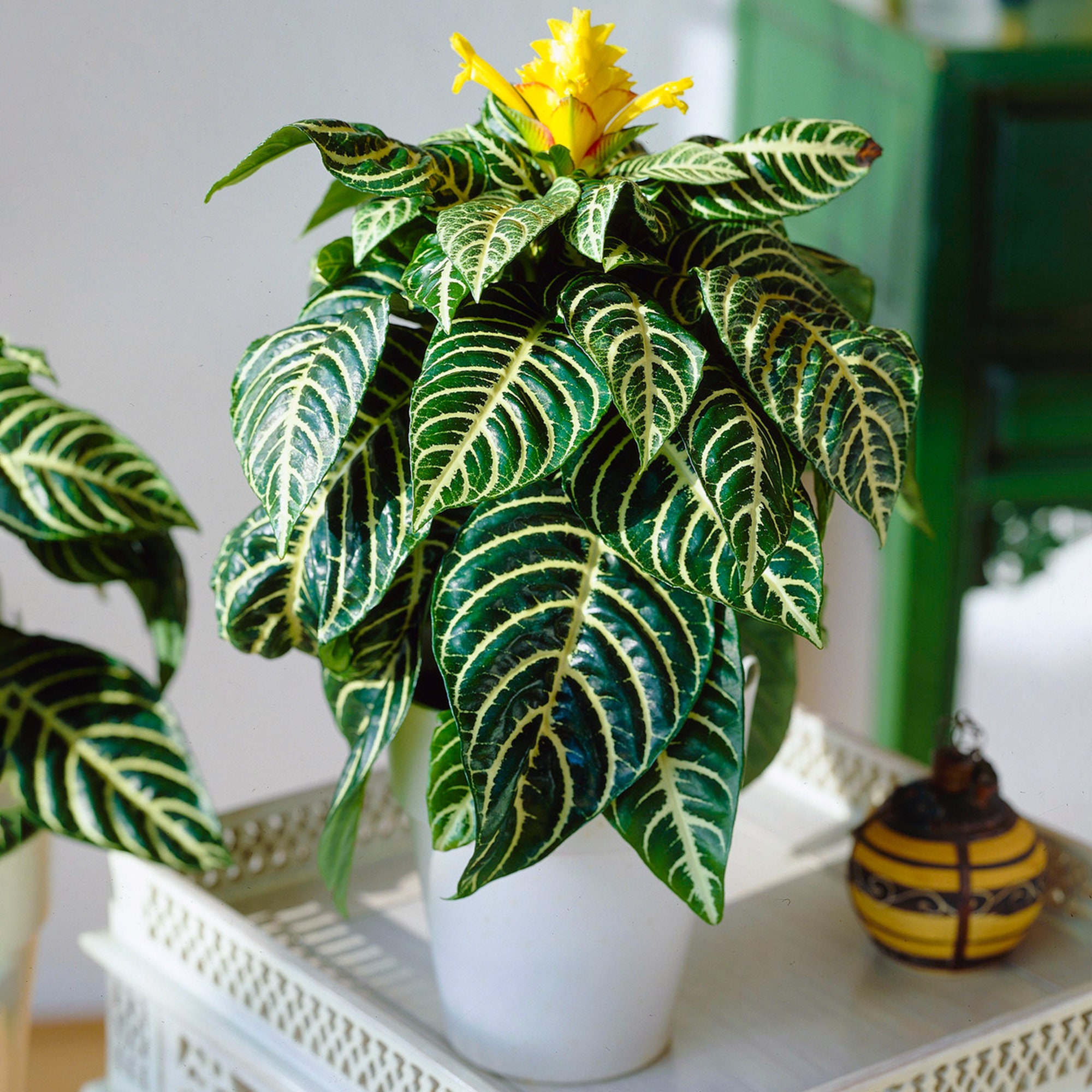
1 X Aphelandra Squarrosa Green Potted Indoor Zebra Plant Etsy New Zealand


